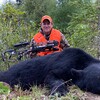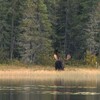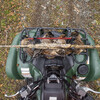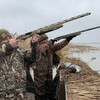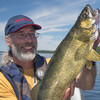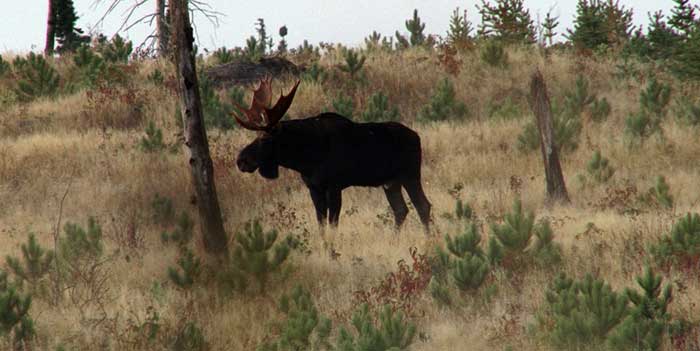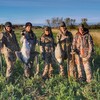
The Northern Ontario Moose Hunt
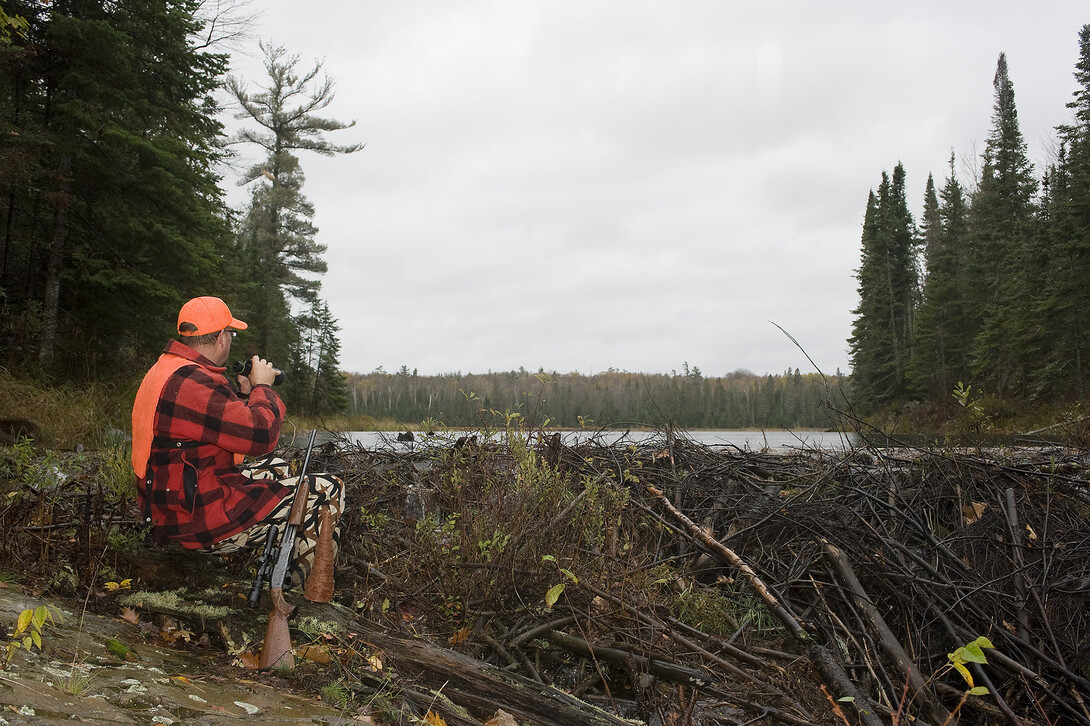
Aiming a rifle at an animal and pulling the trigger is arguably the most intense aspect of a hunt, but experienced moose hunters know there is usually a lot of legwork that occurs before looking at an animal through the crosshairs. In my experience, spending time in the woods, looking for sign, and preparing for a moose encounter is the most fulfilling part of hunting these magnificent creatures.
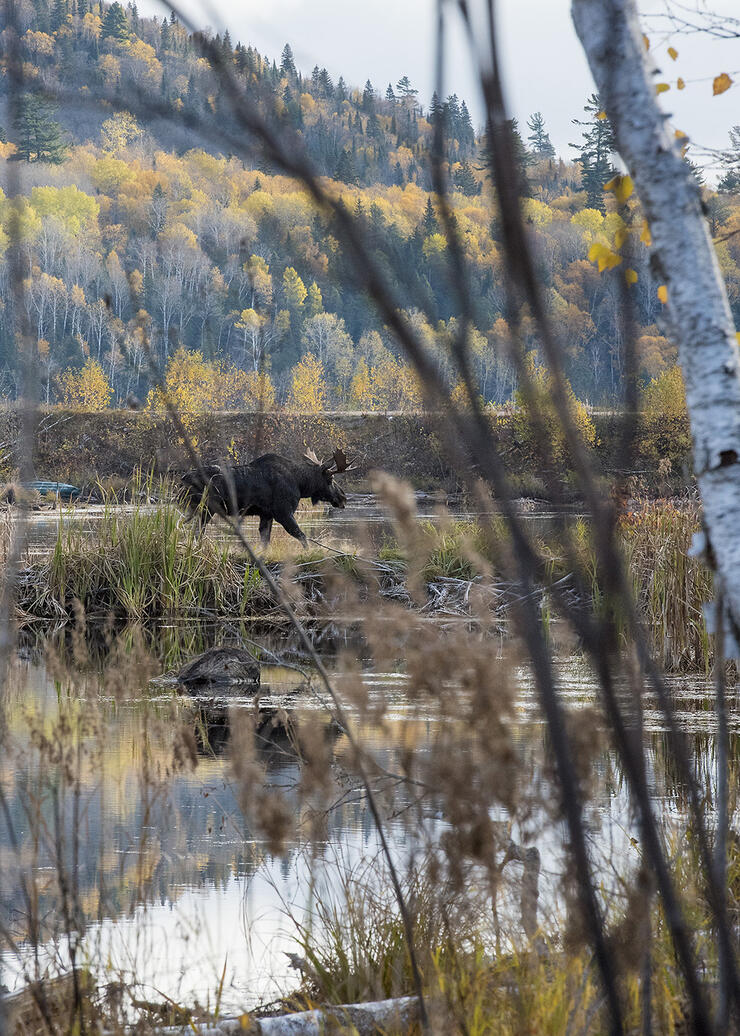
No Tag, No Problem
I’m a relatively new moose hunter and I must admit that I didn’t get serious until I drew my first bull tag last season. I learned as much as I could from my more experienced partners, immersed myself in moose habitat, and thoroughly enjoyed becoming more familiar with the ways of these large antlered ungulates. The result was the harvest of a beautiful three-year-old bull and the confirmation of a love of the moose hunt and all it entails. I don’t have a moose tag this year, and won’t have the opportunity to take an adult animal, but that does not mean I can’t enjoy aspects of the hunt.

Scouting
Looking for moose sign gives me the excuse I need to spend hours and hours in the wilderness, learning about their autumn habitats and habitat. I’ve been frequenting feeding areas like wetlands rich in aquatic vegetation and openings in the forest where these giant creatures chew on plants and nibble the tender tips of young deciduous trees. I paddle through swamps where severed stems of lily pads point to feeding ungulates and walk old cutovers amongst broken trees and heavily browsed new growth where the ground is heavily imprinted with tracks.

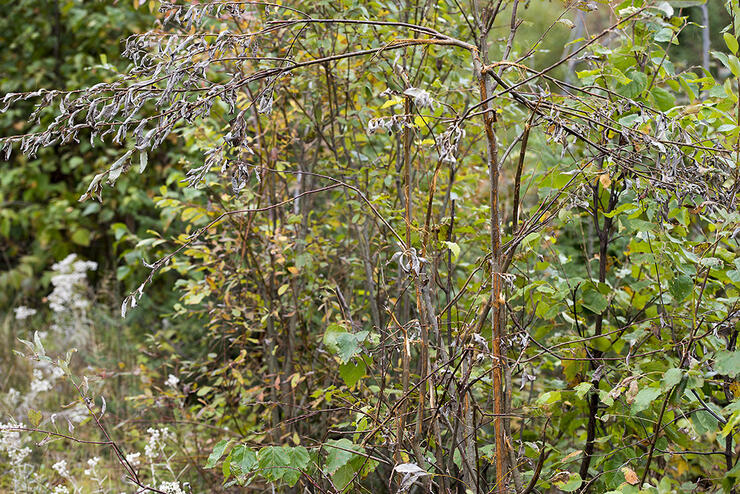
Evidence of bulls, in particular, is found in rubs where they announce their reproductive intentions by bashing their racks against trees, resulting in heavy damage to young growth and stripped bark on mature trees.
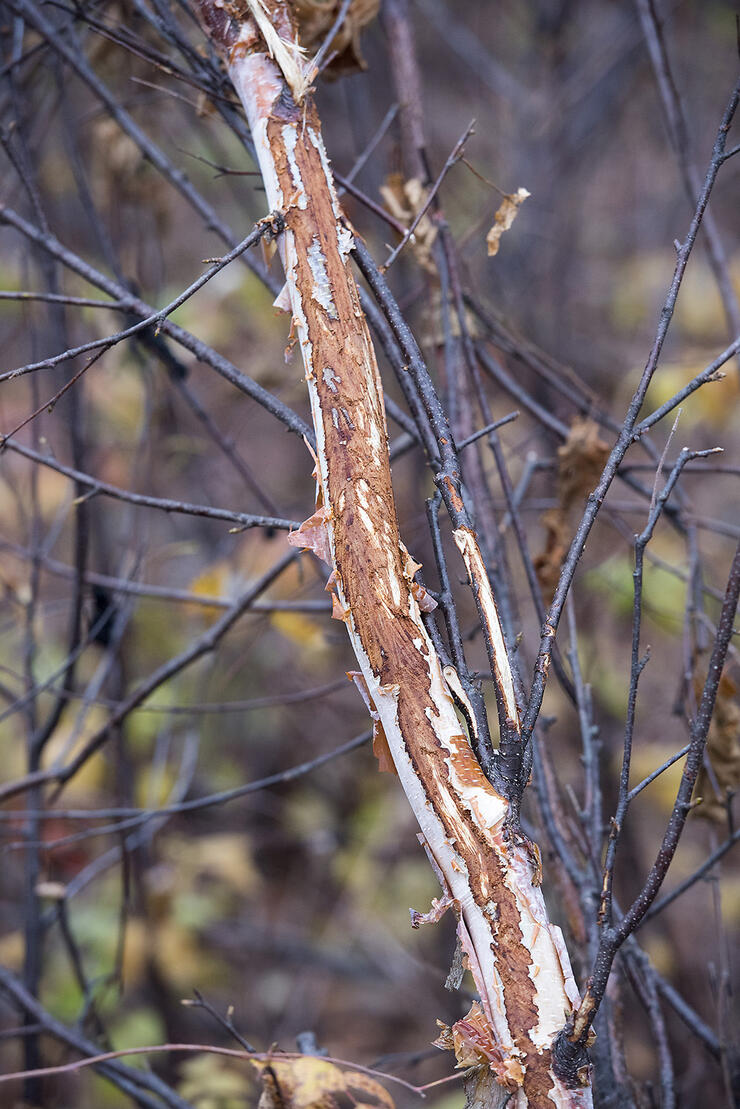
Another sure sign is a ‘wallow’ or ‘rutting pit’ where a bull will urinate and wallow in the testosterone-rich scented liquid as a means of alluring a female. I recently found a rutting pit and my discovery was accompanied by the sound of a large animal moving slowly through an old cut, followed by the noise of antlers intensely thrashing shrubs and trees; it’s another means of attracting mates and warning off male competitors.

It confirms that one of the most exciting things about looking for sign is actually discovering an animal. Given the fact that moose can be very dangerous, I decide it’s my cue to creep away.
Calling
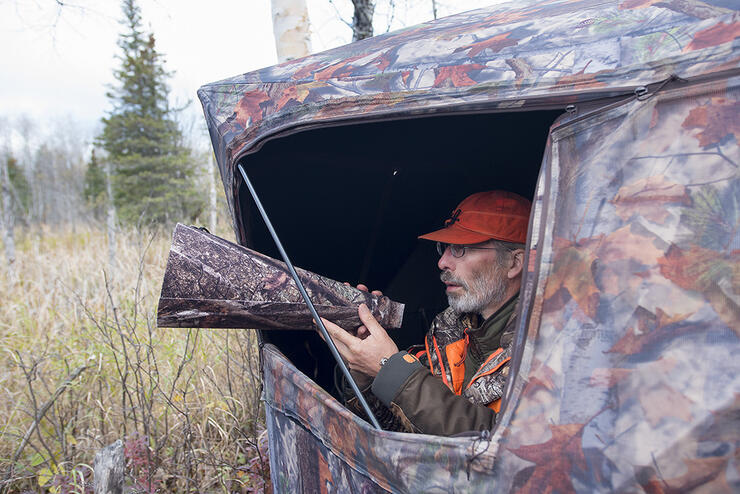
One of the most intriguing aspects of hunting a bull during the autumn mating season, known as ‘the rut,’ is that we can make them come to us. This is generally done by imitating a potential mate, with a cow call, or a competing male, with a bull call. Even though I don’t have a tag, I still want to experience the thrill of drawing such an impressive creature out of the wilderness, so I’ve been bringing my camera to the woods and calling. There are some obvious differences between hunting with a camera and hunting with a weapon, but drawing an animal in close for a photograph is at least as difficult as drawing a moose within rifle range.

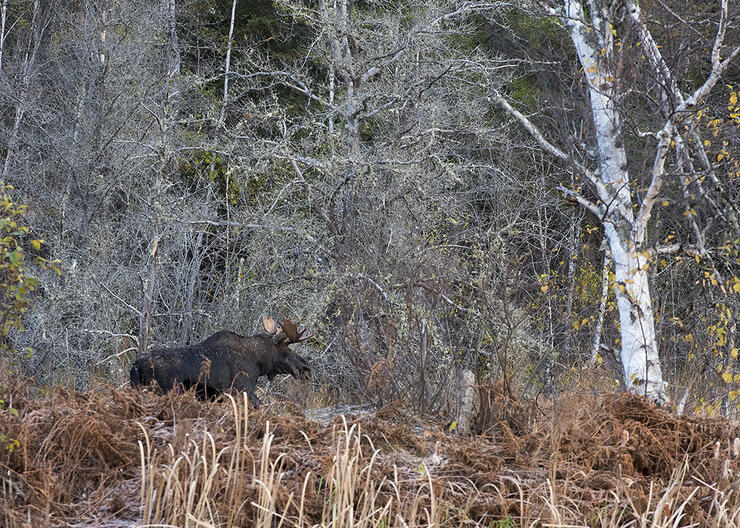
Last time out I called in a one-year-old bull, soon joined by a three-year-old. I tried cow calls, at various volumes and intonations, to entice them into the open but they stuck to the periphery. When I switched to bull calls they seemed intrigued yet wandered slowly away. Ten minutes later, the larger of the two showed up in heavy cover directly behind me, grunting. I made a few grunts and actually thrashed the bushes with my monopod. He eventually jumped into the open, looked in my direction, and bolted. But he didn’t go far and I spent another 15 minutes watching him feed and react to my calls. Eventually, I left before my novice calling aroused suspicion.
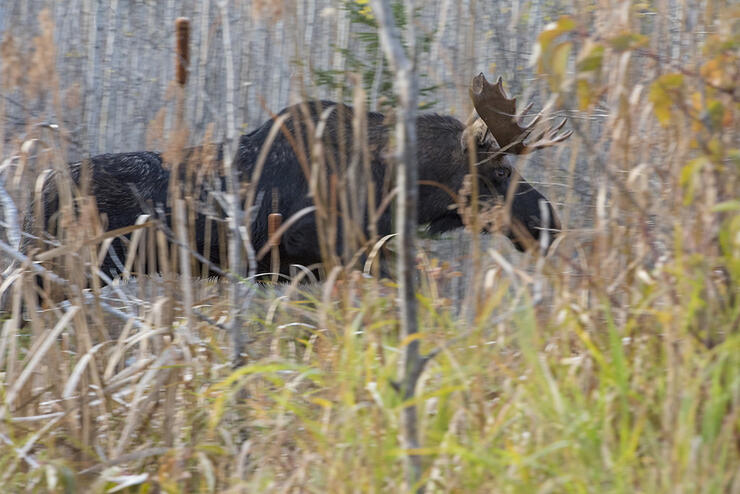
Although photographs make a pretty thin broth, I did get some interesting shots and was able to spend time in the woods, practicing my skills and interacting with these giants of the Northern Ontario wilderness.
Recommended Articles

A Beginner's Guide to Hunting in Ontario
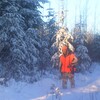
Stalking Late Bucks
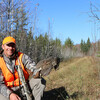
Grouse Hunting in Sunset Country
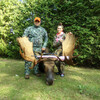
Ontario's Largest Moose by a Female
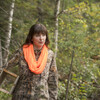
Becoming a Trapper
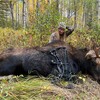
Moose Outfitters in Ontario
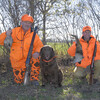
Top Pheasant Destinations
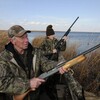
Long Point Bay
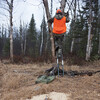
11th-hour deer
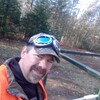
Moose Hunting by ATV
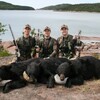
Ontario's Big Black Bears

Crossing the Border into Canada
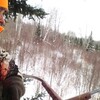
Understanding the Whitetail Rut
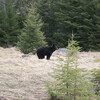
Bear Hunt Experience
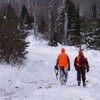
Winter Moose Hunt
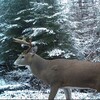
Trophy Deer Hunts in Thunder Bay
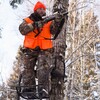
Ontario's Deer mecca
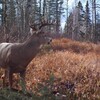
Northwest Deer
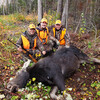
Techniques for an Ontario Moose Hunt
